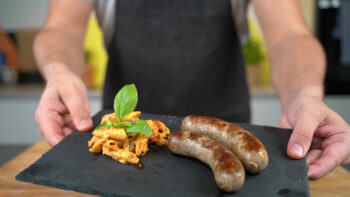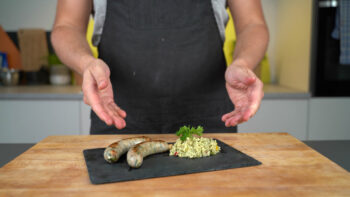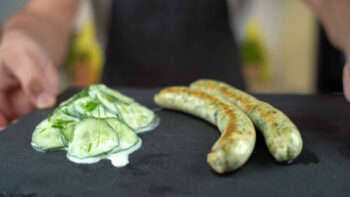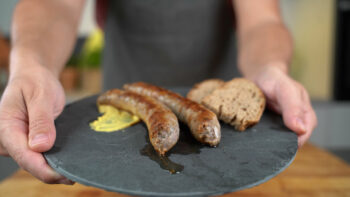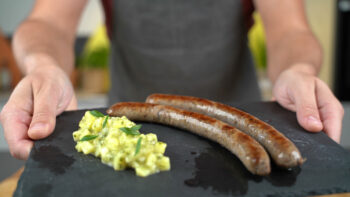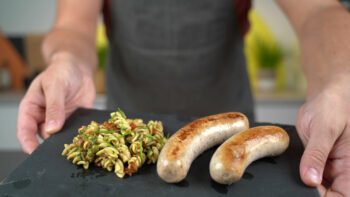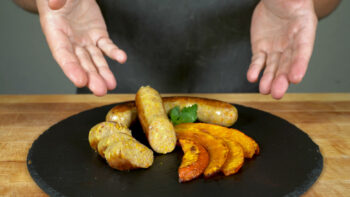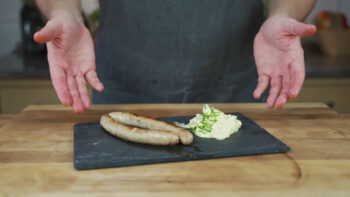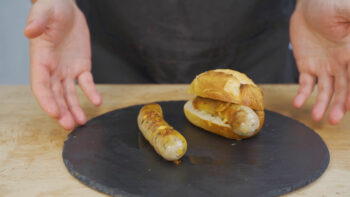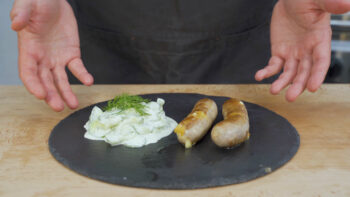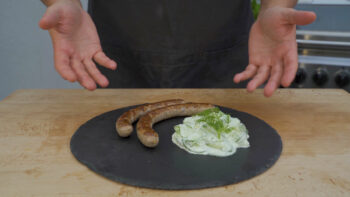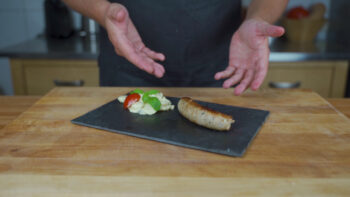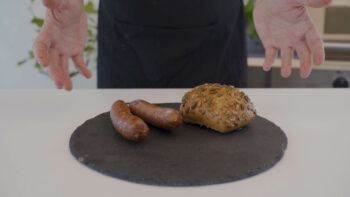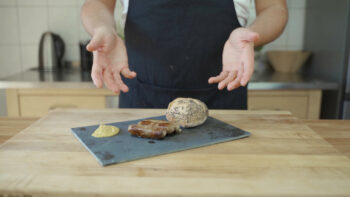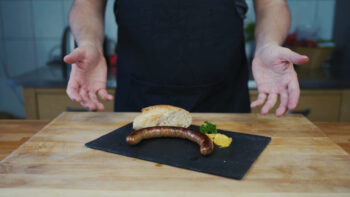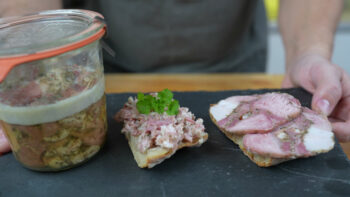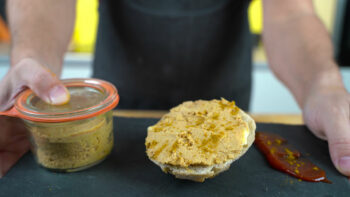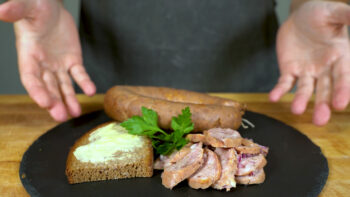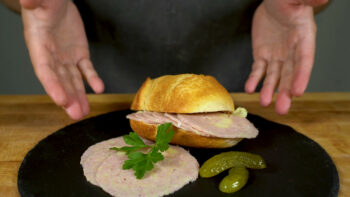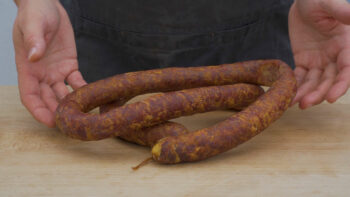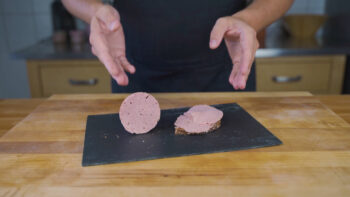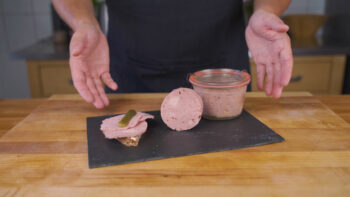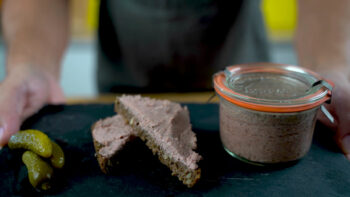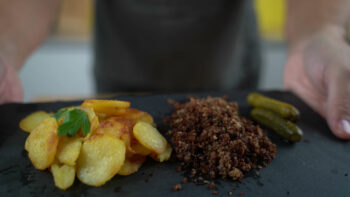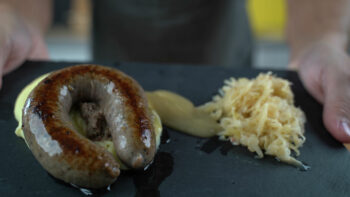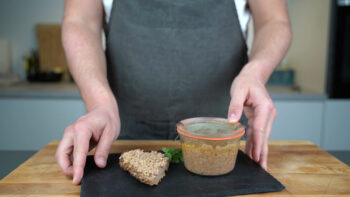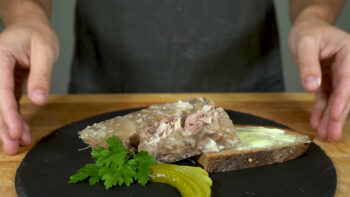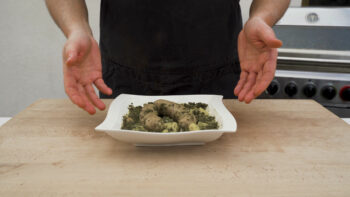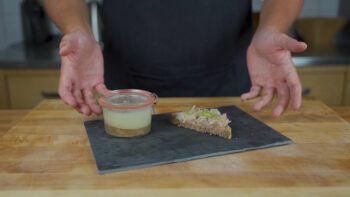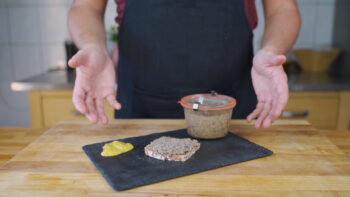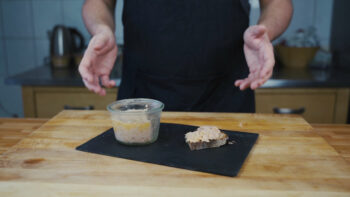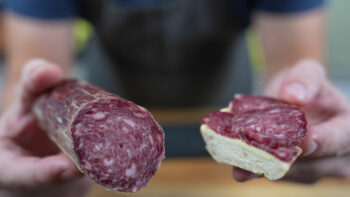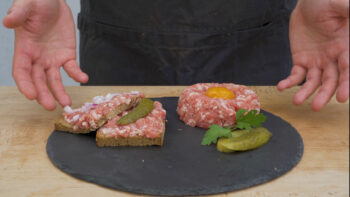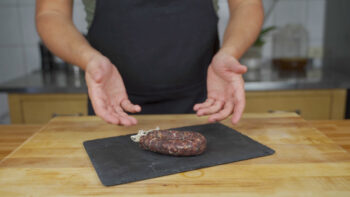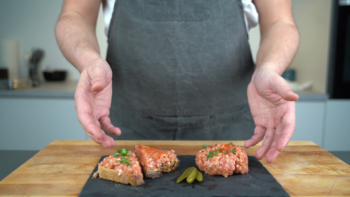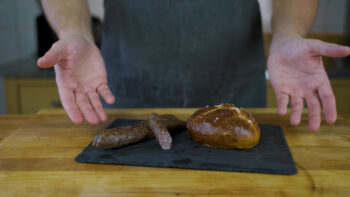In this article you will find an overview of the different types of sausage from Germany and the world
We humans have been making sausages for ages. They can be divided into four groups
1. Fresh sausages (Bratwurst & Co)
2. Cooked sausage (Brühwurst like Bologna, Wiener & Co)
3. Pre-cooked sausage (Kochwurst like liverwurst, blood sausage & Co)
4. Fermented or cured sausage (like Salami, Mettwurst & Co)
In Germany alone, there are more than 1500 types of sausages. More than 500 types of cured sausages, over 800 cooked sausages and 365 types of pre-cooked sausages.
In addition to the sausage varieties, I would also like to briefly discuss the history of sausage, the 10 most popular types of sausage in Germany and sausage make yourself in this article.
Have fun.
Table of Contents
The 4 most popular types of sausage
Fresh sausages (Bratwurst & Co)
Sausages as long as they are not scalded or heat-treated in any other way count as fresh sausages. You would however definetely cook them before eating.
You can find an overview of recipes for fresh sausages here:
Cooked sausages
Cooked sausages are made from raw meat like fresh sausages. The difference is that they are heated or cooked directly after stuffing.
This scalding or cooking at certain temperatures causes the proteins to coagulate. This protein coagulation gives the cooked sausages their structure and thus their ability to be cut into slices.
Sometimes, cooked sausages are also subjected to hot smoking before the cooking process
Cooked sausages can be divided into two subgroups. Varieties with a more red color and varieties with a white color.
All cooked sausages with a red coloring are produced with curing salt, while those with a whitish color are produced only with salt.
Known types of cooked sausages
Red color:
- Bologna (Schinkenwurst)
- Bierschinken (Beer ham)
- Hunting sausage
- Vienna Sausages (Frankfurter)
- Mortadella
White color:
A list of other types of cooked sausages including recipes:
Pre-Cooked sausages
Pre-Cooked sausages are made from partially or fully precooked material (muscle meat, fat tissue and offal). They are cooked again in low boiling water after filling
Cooked sausages are divided into liver sausages, blood sausages or red sausages and headcheese and brawn.
The name liver sausage comes from the presence of liver. The blood or red sausages have a relatively high blood content and the Sulzwurst have their name from the aspic with which they are bound.
Sometimes blood and liver sausages are cold-smoked for a few days after being boiled
Typical pre-cooked sausages are…
Fermented or cured sausages
Fermented or cured sausages are made from raw meat and fat, which is not heated. The sausages become ready for consumption through a fermentation, maturing and drying process.
These processes then give the sausage its characteristic appearance, its own flavor and shelf life.
Cured sausages have the highest shelf life of all sausages. This is achieved by the relatively high water loss during the maturing and drying process and the use of curing salt. Raw sausages are available sliceable and spreadable
A list of fermented and cured sausages:
The 10 most popular sausages
An overview of the most popular types of sausage (derived from the DFV report). The order does not correspond to the absolute concrete consumption quantities.
1. Fleischwurst / Lyoner / Bologna
Lyoner or Fleischwurst is the name for a cooked sausage without a filling. Originally, it comes (as the name suggests) from the French city of Lyon. It is made from pork, beef and back fat.

2. Hunting sausage
Jagdwurst is another cooked sausage. In some parts of Germany it is also called ham sausage. It consists mainly of pork and a sausage meat that resembles Lyoner.
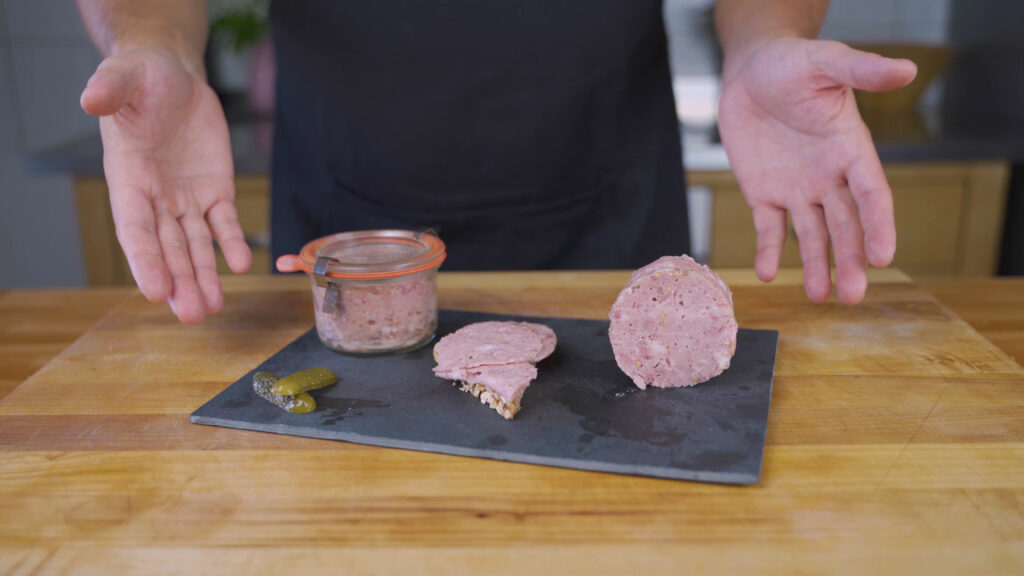
3. Leberkäse
Leberkäse is a classic from Bavaria. Although the name suggests otherwise, liver usually does not come in the sausage during production. The characteristic shape has led to the “cheese” in the name, as it resembles a block of cheese.

4. Salami
Salami comes originally from Italy but we Germans have fallen in love with it directly. There are endless varieties, made from pork, beef, or even poultry. Also the production methods are different… e.g. air-dried or smoked.
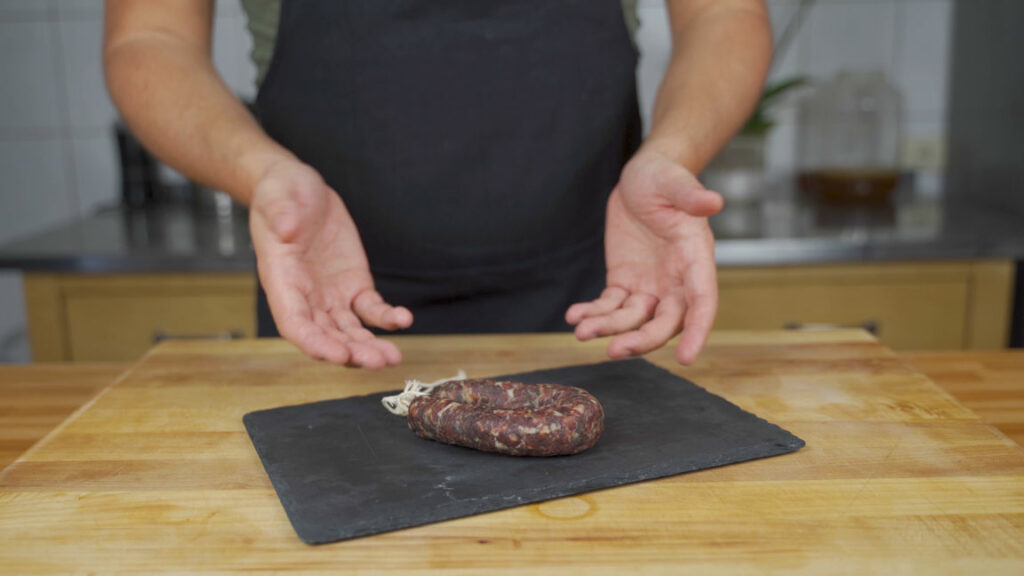
5. Cooked ham
Cooked ham, unlike raw ham, is cured using a spraying process. Wet curing keeps the pork super juicy and is therefore very popular.
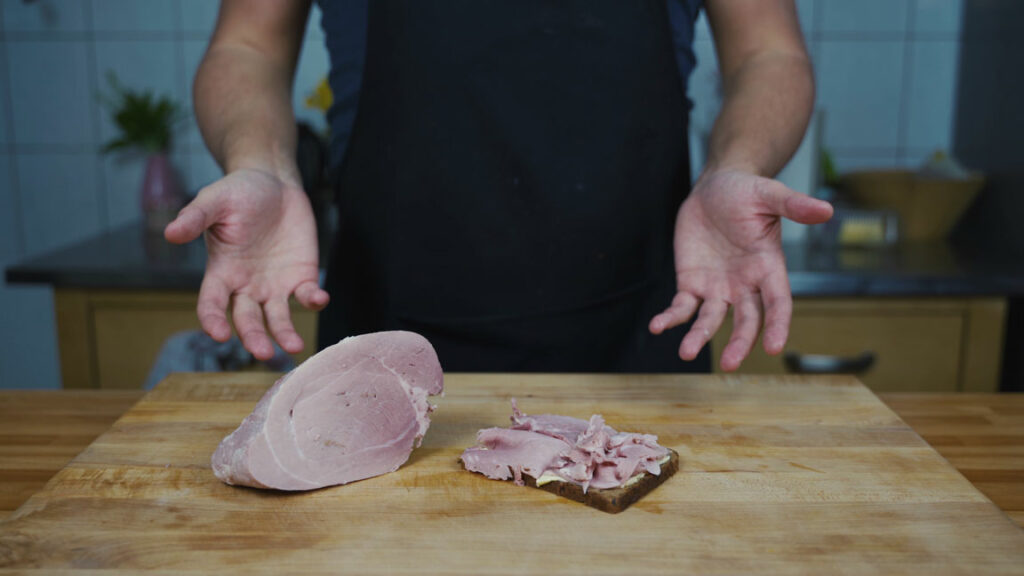
6. Vienna sausages / Frankfurter
A Frankfurter sausage is a thin boiled sausage made from pure pork in the Saitling (small intestine from sheep). The sausage is smoked and thus gets a pleasant smoky flavor.

7. Bratwurst
Everyone knows bratwurst. Depending on the region, there are different sizes, textures and spices. They have one thing in common… The sausage is fried and tastes delicious. Whether summer grilling or in winter with potato mashers, it is always a poem.
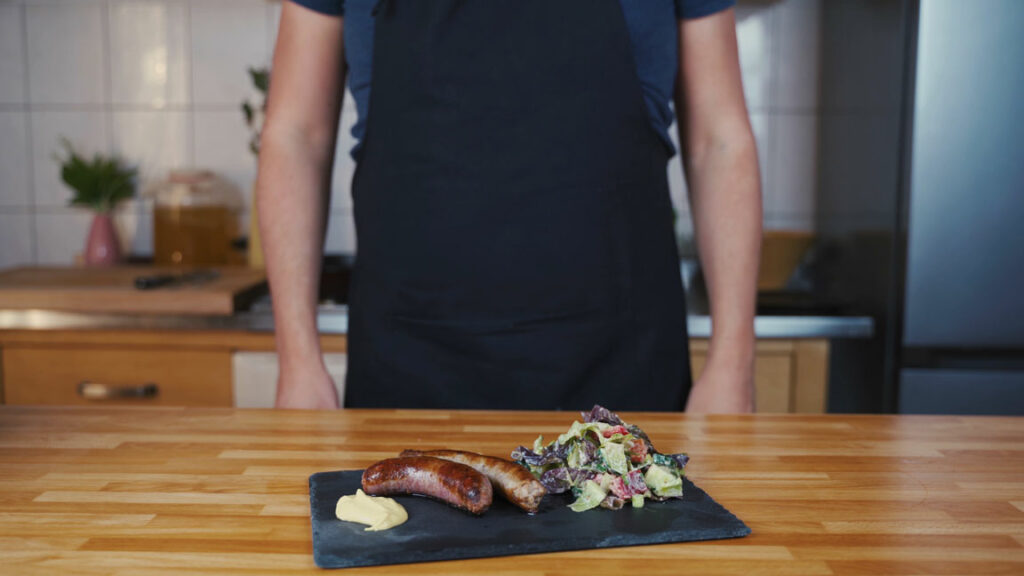
8. Cured ham
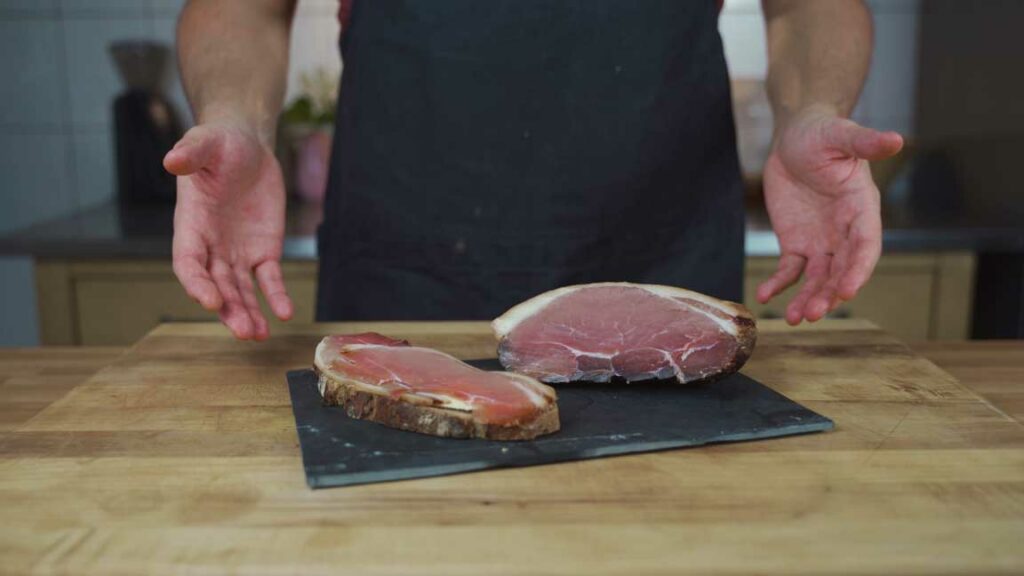
Raw ham is preserved by salting or curing and then air-drying or smoking. During this process, the meat matures and develops a typical aroma. Mostly it is pork but also beef and game can be used.
9. Liverwurst
Liverwurst is one of the most popular spread sausages. The liver comes mostly from pork but veal and goose liver sausage are also popular.
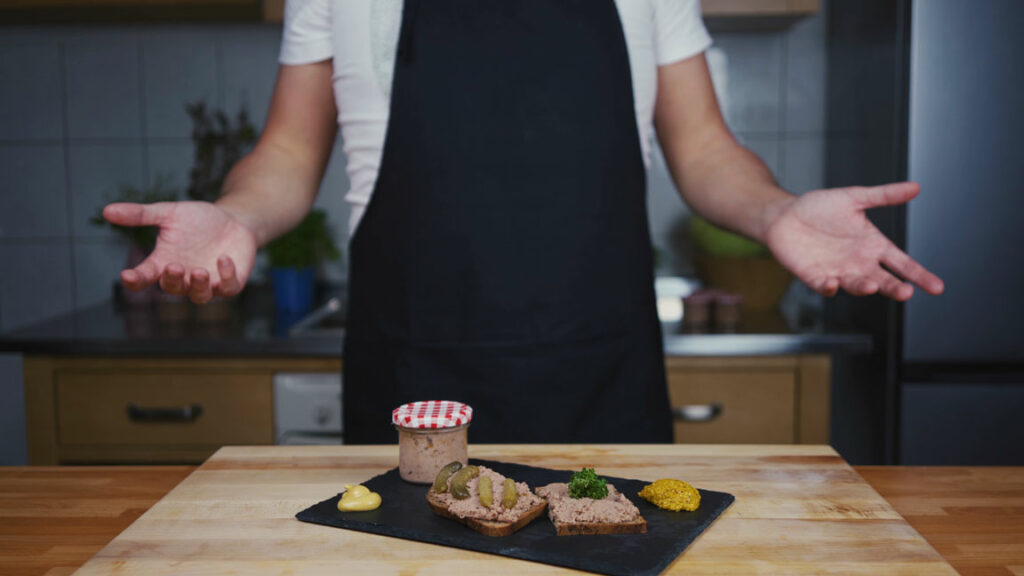
10. Weisswurst
Like the Leberkäse, the Weißwurst is also typically Bavarian. It is classically made with veal, pork fat and fresh parsley. In Bavaria in particular, it is usually eaten in the morning during the Weisswurst breakfast.
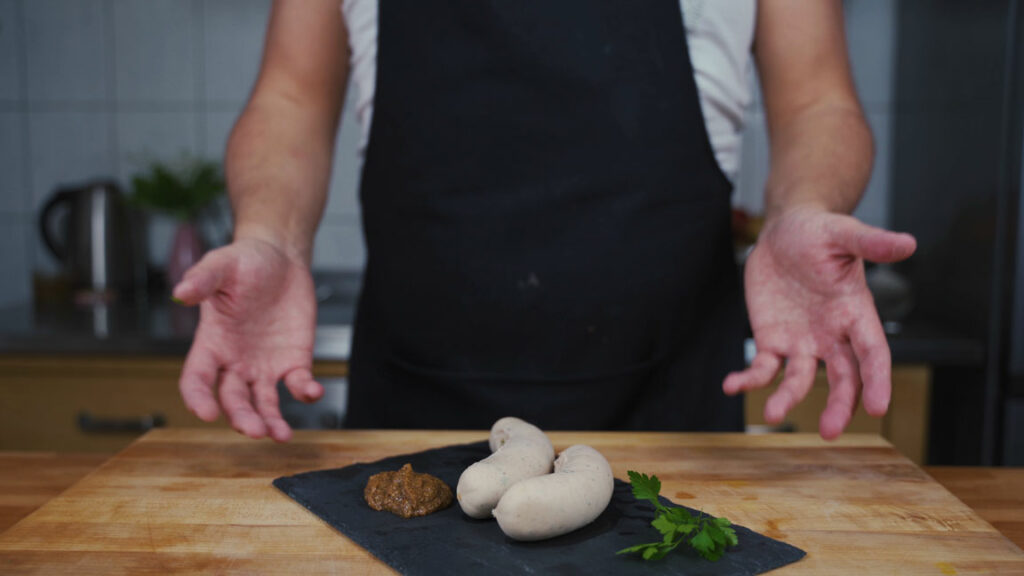
The history of sausage varieties
German language clearly shows the importance of sausage in our food culture. Maybe you know phrases like…
- Ist mir alles Wurst – “Everything is sausage to me”
- Es geht um die Wurst – “Now it’s all about the sausage”
- Du bekommst keine Extrawurst – “You don’t get any extra sausage”
Most Germans can hardly imagine a sausage-free day. The feast begins at breakfast, continues with a snack , and ends with the evening meal. In this blog, too, it is the star around which everything revolves.
So it’s all about the sausage here in the truest sense of the word and not just figuratively.
This meaning goes back thousands of years. Sausage was already known in ancient China. The Babylonians also had various types of sausage to enrich their diet. The birth of today’s blood sausage comes, for example, from Greece, which at that time filled blood soup (pig’s blood. bacon. onions and spices) into casings.
It also plays an important role in the national economy. Germany is internationally at the top in terms of the number of sausage varieties. About 1500 different types of sausage are produced here, many of which enjoy world renown
The most popular I have you below once again listed….
In 2018, every German citizen ate an average of 29.6 kg of sausage
According to the annual report of the German butcher’s trade, the distribution is as follows:
As you can see, the story of the sausage is not over yet….
Got a taste for it? Make sausage yourself
The great thing is… You can make almost all types of sausage yourself at home, as sausage making is not difficult.
If you want to learn more about sausage making, check out my sausage making guide.






